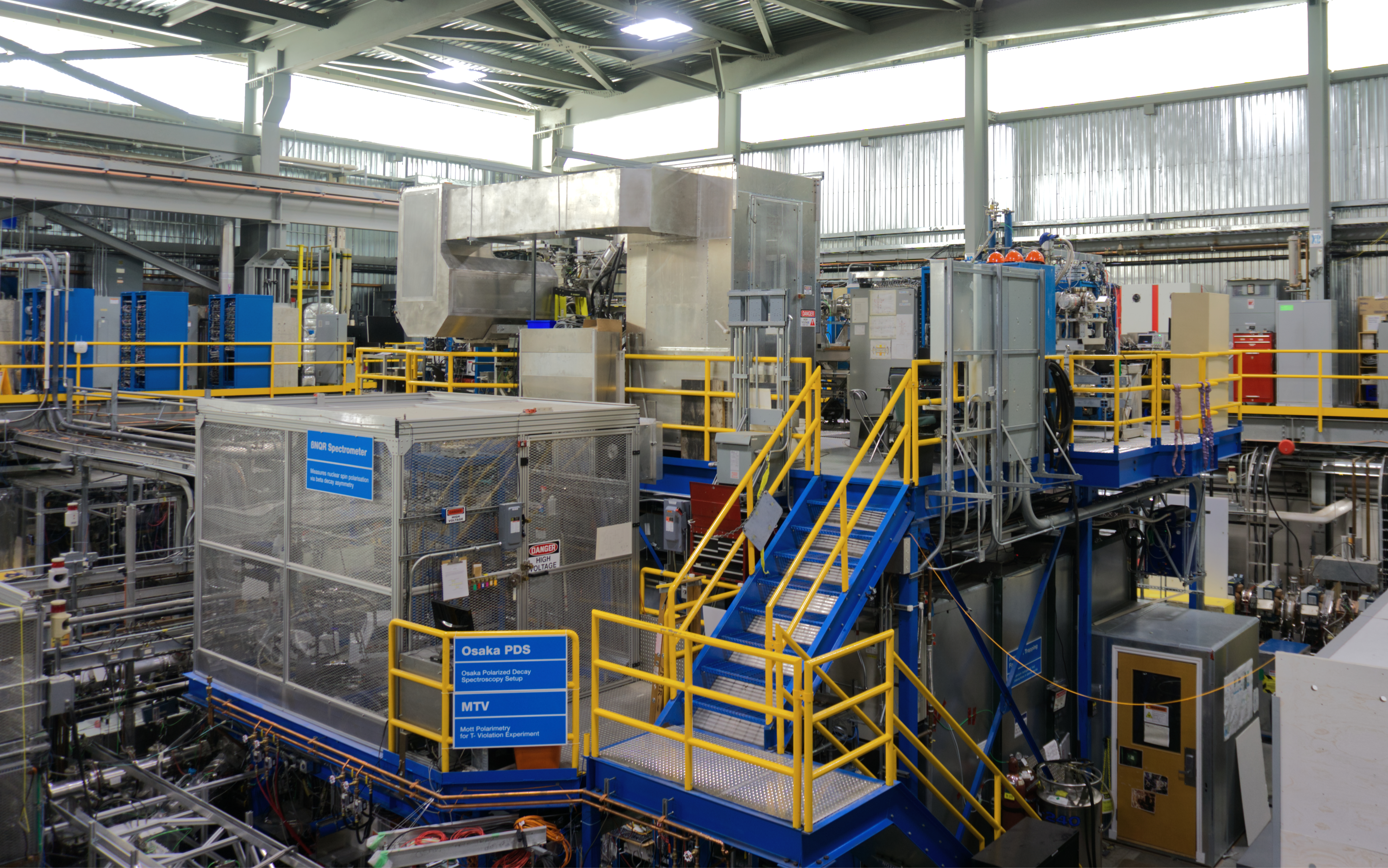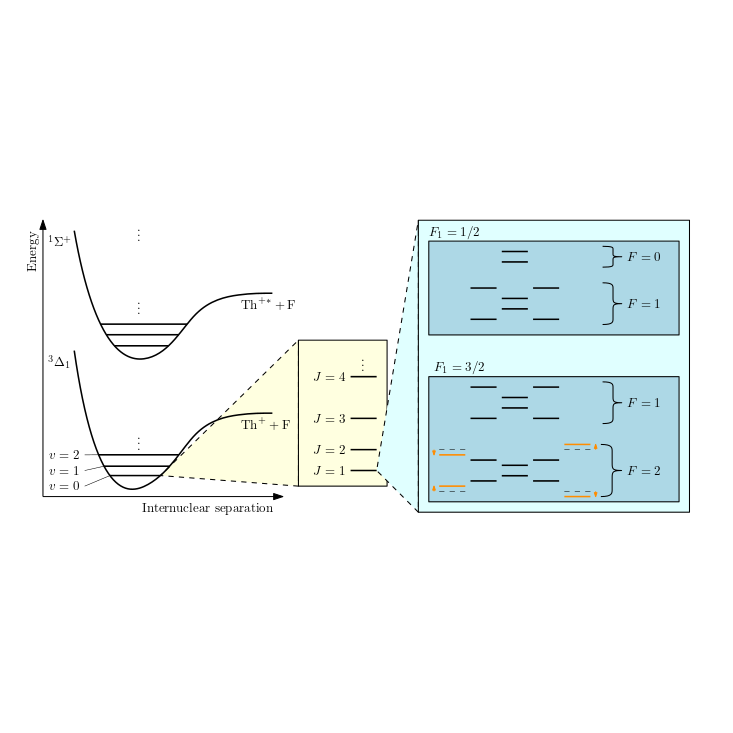Physics Motivation
Why do we exist? We take many things in life for granted. Potable water, free Wi-Fi, and the fact that we don't annihilate when we shake hands with people. The latter need not be true if we were to shake hands with people made of antimatter; matter (us) annihilates with antimatter when they come into contact. In simple terms, antimatter looks like matter, but with the opposite charge (e.g., the antimatter partner of the electron is the positron, also known as the anti-electron). When we look around us, and up into the night sky, we see that everything is made of matter; we see no sign of large scale matter-antimatter annihilation. There is no reason a priori for matter to dominate over antimatter in the universe. It is then interesting to ask the question: how has matter dominated over antimatter? The answer to this question may allow us to get closer to understand our Universe — from the enormous galaxies to the its most elementary particles!
How has matter dominated over antimatter? We don't know, but we are going to find out! It turns out that one ingredient for matter to assert such dominance is that the universe requires what is known as CP-violation, i.e., the universe evolves differently if all its charges are flipped, and everything's positions are inverted, simultaneously. That is quite a mouthful, but roughly speaking, it is just saying antimatter is more different than matter than just having an opposite charge. There are many models out there that incorporate CP-violation in an attempt to explain the matter-antimatter imbalance, but they invoke different mechanisms, and can be fundamentally quite different from each other. Our role, as experimentalists, is to put the predictions of these models to the test. It turns out that that CP-violating effects occurring inside atomic nuclei can manifest as a measurable quantity in atoms and molecules known as the Schiff moment. By measuring the Schiff moment, we can rule out models that make incorrect predictions (i.e., those that do not agree with our measurements).
Measuring the Schiff moment! It's not that easy. Schiff moments are incredibly small, so we need to use all the tricks we have. Schiff moments are enhanced in atoms that have pear-shaped nucleus (octupole deformation, for the experts). Most atoms with pear-shaped nuclei happen to be radioactive, so we want to work with radioactive species. This explains the Rad part of RadMol. The Mol part of RadMol comes in through further enhancement factors that molecules offer over atoms (molecules are much easier to polarize than atoms, for the experts). So by working with carefully chosen radioactive molecules, RadMol aims to measure Schiff moments, and unravel the deepest secrets of the universe!
Learn More
